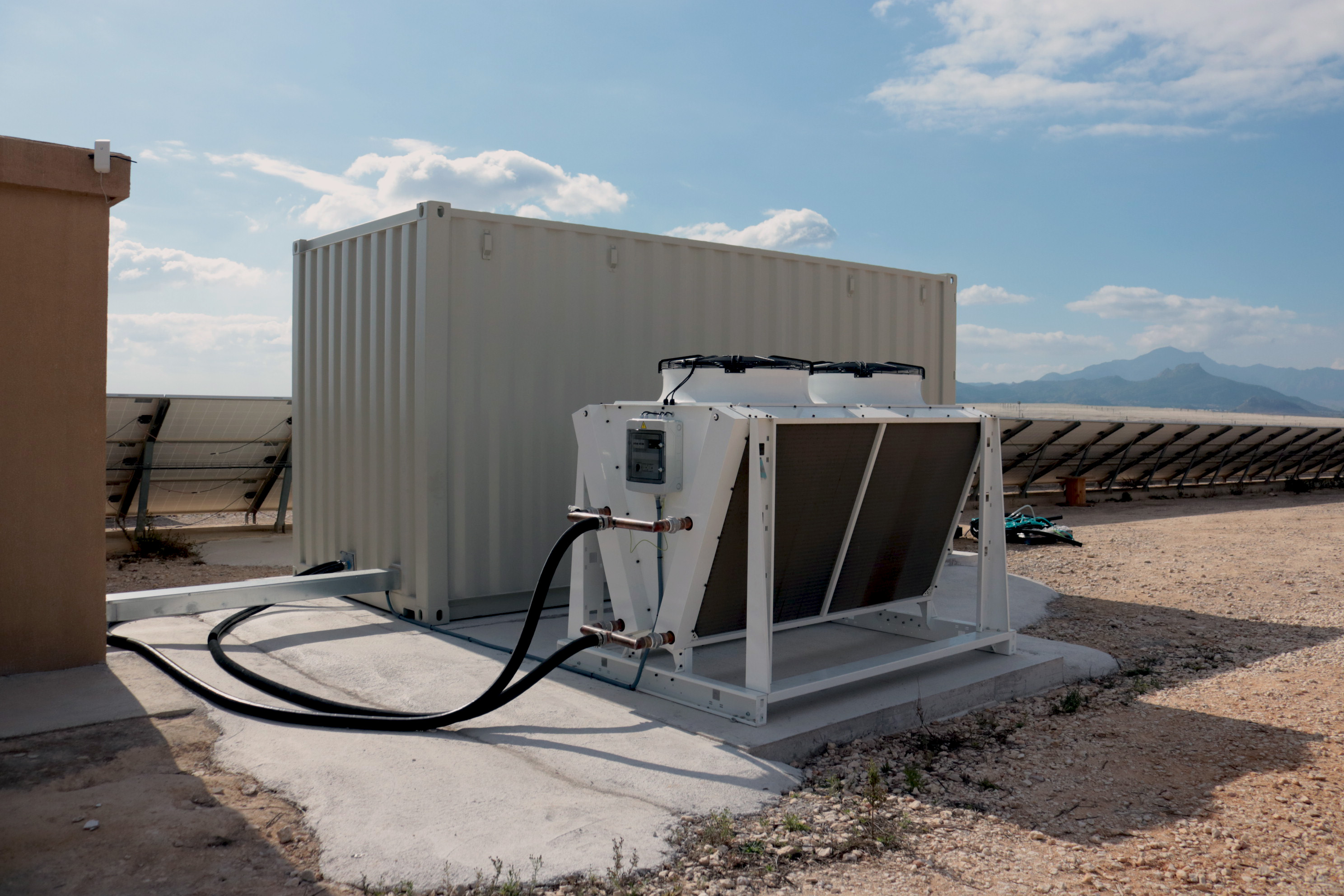Crypto mining comes in many shapes and sizes, from mega mines under the blazing Texas sun to small facilities nestled in Italy’s snowy Alps.
CoinDesk reporters traveled across Europe, Asia and North America to capture the diversity of crypto mining farms. Mining is a little understood industry, in large part because miners tend to be extremely secretive. Security concerns coupled with regulatory uncertainty have made this industry wary of the limelight. The fact that many miners started as maverick entrepreneurs plugging straight into hydropower plants in China did not help the industry’s reputation..
As a result, the image often conjured up when thinking of crypto miners is one of gigantic facilities burning fossil fuels or stealing electricity from the grid – which is far from the whole truth. The public debate around crypto mining understandably relies on this image, as incomplete as it is.
This article is part of CoinDesk's Mining Week series.
There is no question that crypto mining requires energy. Miners convert it into hashes, or algorithmically produced strings of letters and numbers. These represent the "guesses" that each mining rig makes in trying to "find" a new bitcoin block. The best miners can produce over 100 terahashes per second (TH/s). The latest model from Bitmain, the biggest manufacturer of specialized mining hardware, can reach 255 TH/s. (One terahash equals 1 trillion hashes. One petahash represents 1 quadrillion hashes. One exahash represents 1 quintillion hashes.)
The industry today employs a patchwork of approaches to this task, and it has grown in innovation and sophistication over the years.
This photo essay is aimed at informing the conversation around crypto mining by showing its modes of existence, many of which are powered by renewable energy.
Read More: How Bitcoin Mining Works
Kryptovault, Hønefoss, Norway

Oslo-based Kryptovault runs a 40-megawatt (MW) crypto mine in the suburbs. Of that capacity, only 18 megawatts are currently running, CEO Kjetil Pettersen told CoinDesk during a tour. The firm unplugged all of its Bitmain Antminer S9s in late 2021 and is replacing them with newer, and more energy-efficient S19s.
This is a common practice among crypto miners: as newer machines come online, older models can’t keep profits up, unless the operation has access to very cheap electricity.


The Kryptovault mine is also offering a byproduct of bitcoin (BTC) mining to a local company for free: heat. A lumber company is using the excess heat from the computation to dry wood that it later sells. Heat from the mining rigs is pumped into containers outside the facility where the wood is dried.
South Spain, PoW Energy, PoW Containers, Meatze

Electricity from the solar farm is converted from low to high voltage and is pumped straight into the machines, Arregi said.
The mining machines, which produce about 12 petahashes/second in total, are housed in an unmarked container to avoid prying eyes – security is a big concern in an industry where an individual machine can cost more than $10,000. This particular mine is not visited frequently barring emergencies, and is far from any residential facility, making security an even bigger challenge.
In March, CoinDesk visited one of HIVE Blockchain’s (HIVE) largest crypto mining farms located in Boden, a military town in north Sweden. The sprawling 6,000 square-foot facility, set up in what used to be a military helicopter hanger, now houses more than 15,000 mining rigs. When CoinDesk visited, the facility was being expanded further and will soon be home to upwards of 17,000 machines and 120,000 graphics processing units (GPU). A majority of the machines are RX580s by AMD.
HIVE blockchain is a publicly traded company, with mining facilities in Sweden, Iceland and Canada. The Boden ether mining farm was set up in 2017.
Alta Novella, Borgo d'Anaunia, Italian Alps
In February CoinDesk visited Valstagna, a century-old historic hydropower plant located in the Veneto region of Italy. Nestled in a valley framed by mammoth mountains, Valstagna, which supplied power to the local steel industry, now supplies power to the national grid. It is also one of 18 hydropower plants across northern Italy that have partnered with local tech startup Alps Blockchain to mine bitcoin on site.
The contrast between the old and new is stark: Towering over the power plant’s turbines are two shelves carrying 300 ASICs. When CoinDesk visited, the facility was preparing to set up another shelf with 150 more mining rigs. The residents in the surrounding town have no idea their neighborhood power plant is mining bitcoin, a representative at the plant told CoinDesk.



The Leger facility, which is about 3 kilometers (1.86 miles) away from Bunker, will have 30MW and 800 PH/s mining power. Both Sherbrook facilities are entirely powered by hydro electricity, which 99% is green energy, meaning a renewable source of energy.


The frozen steppes of north Russia are perfect for crypto mines (notwithstanding the geopolitical climate), with ample space and cool temperatures in a location that few other industries want to inhabit.
“Sometimes our task is not to cool devices but to warm them,” a BitCluster representative told CoinDesk. The company also trains its own employees to run the mines, hiring from local cities, the representatives said.
 coindesk.com
coindesk.com